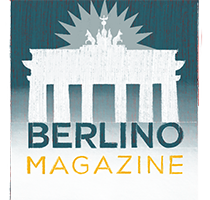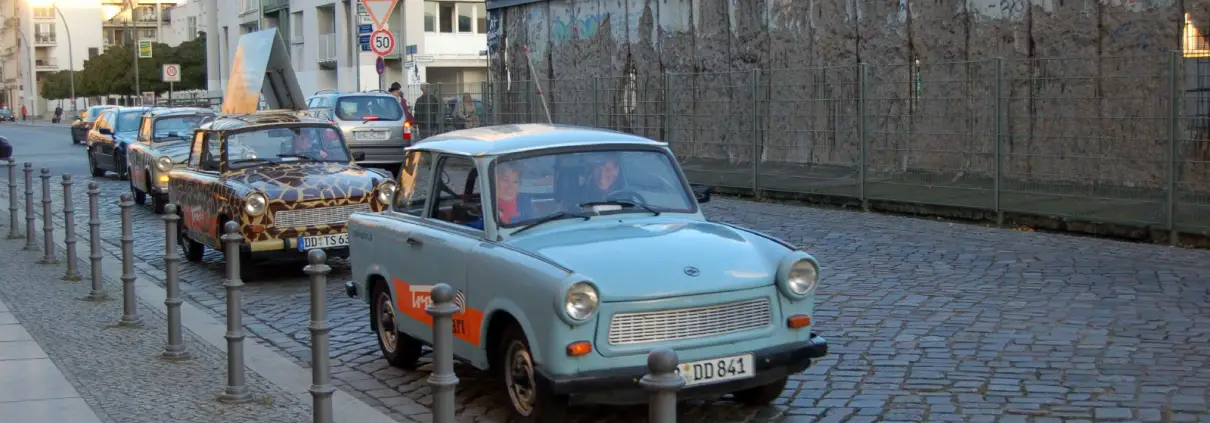Come la parola “berlina”, usata per le auto, ha a che fare con Berlino
Il nome berlina deriva da uno dei primi modelli di carrozza dotato di quattro ruote, abitacolo con tetto rigido, sportelli e finestrini laterali
Si pensa che Filippo Chiese, architetto piemontese che lavorava al servizio di Federico Guglielmo di Brandeburgo, abbia progettato e realizzato la prima carrozza berlina. Proprio nell’anno 1663 nella città di Berlino. Ecco perché il mezzo di trasporto più usato è chiamato berlina. Questa risultava essere un nuovo tipo di carrozza per l’epoca. Dotata di diversi posti a sedere e poggiata su quattro ruote. Oggi con il termine berlina si indicano le auto a tre, quattro o cinque porte che sono a due o tre volumi, ovvero i vari scompartimenti.
[adrotate banner=”34″]
Cosa è una macchina berlina?
Per automobile berlina si intendono auto con tetto fisso a tre, quattro o cinque porte e due o tre volumi. Le auto berline però non sono da confondersi con le station wagon, anche dette vetture familiari. Infatti, quest’ultime derivano dalle berline a 5 porte, ma hanno in aggiunta una parte posteriore più grande e lunga che dona maggiore spazio e comodità. Già da qui si può capire che il termine è molto ampio e comprende una grande quantità di modelli. Per via delle loro caratteristiche, le berline sono oggi considerate il tipo di vettura più comoda in commercio, capace di adattarsi a stili di guida e budget anche molto differenti. Le comode auto risultano essere perfette per spostamenti quotidiani lunghi e brevi, su tracciati di vario tipo.
La berlina Trabant 601
La Trabant 601 è forse il più famoso modello della casa automobilistica tedesco-orientale, Sachsenring. La macchina del popolo venne costruita fra il 1964 e il 1990 durante il regime della DDR. Questa è stata la berlina più usata dai cittadini della Germania dell’Est. L’auto era pratica e di piccole dimensioni. Fedele alla precedente versione della P60, la 601 rimase invariata nella sua meccanica e tecnica. Le piccole differenze consistono nell’estetica e carrozzeria dell’auto. Per rendere l’auto esteticamente più bella vennero modificati gli indicatori di direzione, il cofano e le linee laterali della vettura. L’auto del popolo è oggi uno dei modelli più famosi in tutto il mondo, divenuta il simbolo della Germania.
SEGUI TUTTE LE NEWS SU BERLINO, SEGUI BERLINO MAGAZINE SU FACEBOOK
[adrotate banner=”34″]
Leggi anche: Berlino, inaugurato museo dedicato alla Trabant auto simbolo della DDR
Immagine di copertina: Old car, © i love butter, CC0 in Flickr








